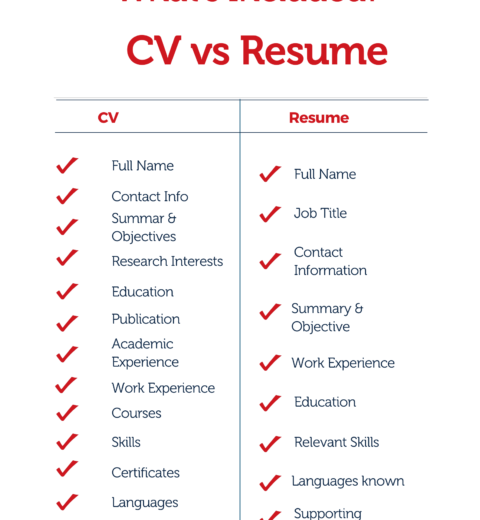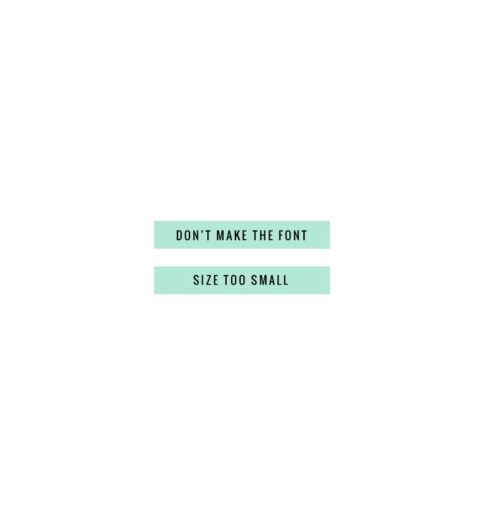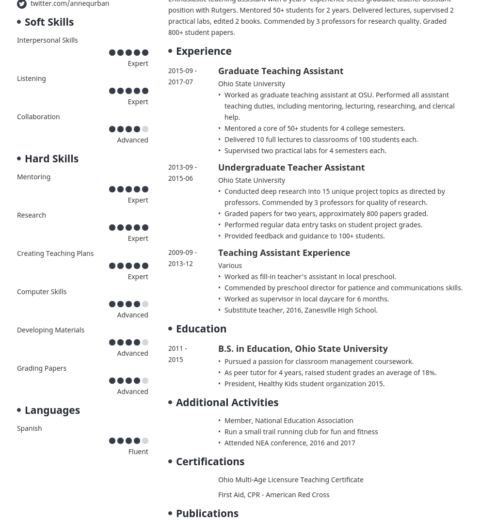Listing promotions on your resume can significantly bolster your professional narrative. It’s not merely a bullet point; it is a testament to your capabilities, dedication, and the value you’ve added to your previous roles. This article elucidates how to effectively present promotions on your resume, addressing potential concerns from hiring managers while optimizing for relevant search terms.
When constructing a resume, one must meticulously consider the details that will resonate with prospective employers. Promotions serve as a clear indicator of your career trajectory and potential. They demonstrate that you have not only performed adequately but have also surpassed expectations. This lays the foundation for a compelling resume that highlights your upward mobility within an organization.
Firstly, understanding the context of your promotions is paramount. When did you receive the promotion? What were your responsibilities prior to the promotion, and how did they evolve afterward? Providing this context will give potential employers insights into your ability to adapt and grow within a dynamic work environment.
Here’s how to approach listing promotions on your resume:
- Chronological Clarity: List your work experience in reverse chronological order, starting with your most recent position. When detailing promotions, clearly delineate each role with distinct headings. This method not only emphasizes your career growth but also allows employers to track your professional journey seamlessly.
- Inclusive Responsibilities: Under each role, include your core responsibilities and achievements. When detailing a promotion, make sure to highlight new responsibilities you undertook. Use actionable language that conveys impact. For instance, instead of stating, “Managed a team,” you might say, “Led a cross-functional team of ten, successfully increasing project efficiency by 30%.” This specificity illustrates your contributions effectively.
- Highlight Performance Metrics: Whenever possible, support your claims with quantifiable achievements. Metrics provide weight to your promotions, making them more credible. For example, you could say, “Promoted to Senior Marketing Analyst after a 50% increase in campaign performance metrics.” This not only showcases your success but also your alignment with organizational goals.
- Use Industry Keywords: In today’s digital age, keywords are essential for applicant tracking systems (ATS) used by many employers. Incorporate relevant industry-specific terminology when detailing your promotions. For instance, if you were promoted within a sales role, terms like “customer relationship management,” “sales analysis,” and specific software programs can enhance visibility in databases and resonate well with recruiters.
Now, let’s address a critical concern for hiring managers—fit and progression. A promotion indicates a positive evaluation by your superiors, but it’s equally important to convey the context in which you advanced. Were you promoted due to a routine annual review, or was it in response to a successful project? Addressing this can mitigate concerns regarding gaps in skills or competencies that may arise during interviews.
Moreover, keep in mind the following strategies to optimize your promotion listings:
- Tailor Your Resume: Customization is quintessential when applying for a new role. Adjust the way you present your promotions based on the job description of the position you seek. If the job calls for leadership experience, emphasize roles that showcased your ability to manage teams. If you are applying for a technical position, promote relevant technical advancements you’ve made in previous roles.
- Professional Development: In addition to promotions, include any professional development efforts undertaken during your tenure. Courses, certifications, or special training associated with your roles can further solidify your qualifications and growth trajectory. This not only adds depth to your resume but shows a commitment to lifelong learning.
- Avoid Excessive Jargon: While it’s important to use industry-specific language, avoid excessive jargon that can render your resume less accessible to those outside your field. The key is to strike a balance, ensuring clarity while still demonstrating expertise.
As you finalize your resume, consider the overall presentation. A well-structured, visually appealing format aids in readability and ensures that promotions stand out. Use bullet points judiciously to maintain clarity, and make use of white space to give your resume a clean, professional appearance.
In conclusion, accurately listing promotions on your resume can serve as a pivotal element in your job search strategy. By effectively contextualizing these achievements, utilizing industry keywords, and presenting them in an easily digestible format, you elevate your narrative significantly. This not only addresses hiring managers’ concerns regarding your qualifications and fit but positions you as a valuable candidate poised for future success. As you embark on your job search, remember that your promotions are not just titles; they encapsulate your journey, resilience, and potential in your chosen field.




